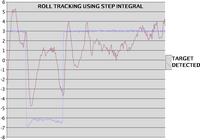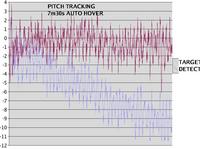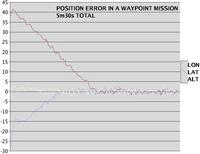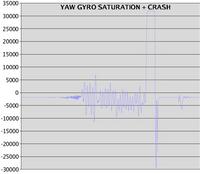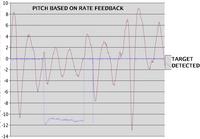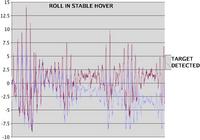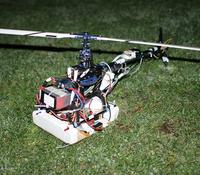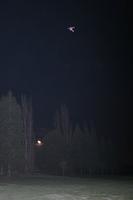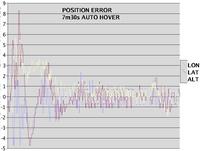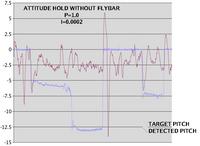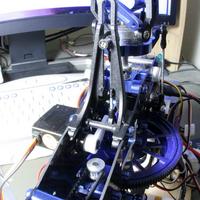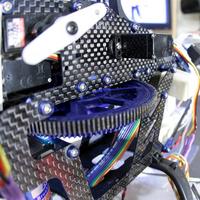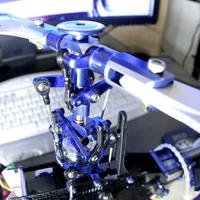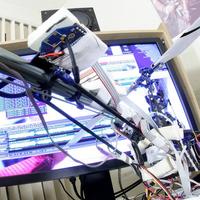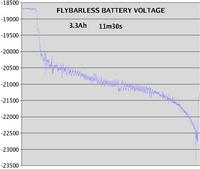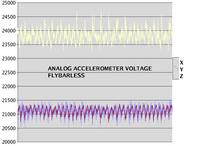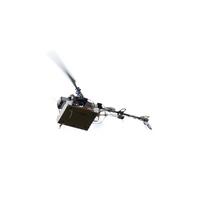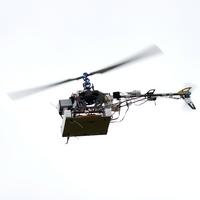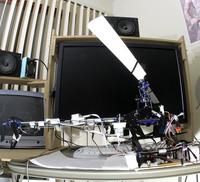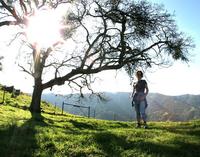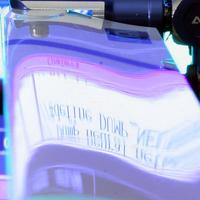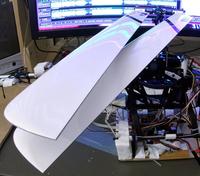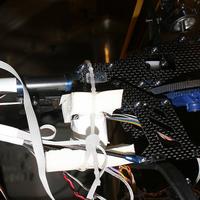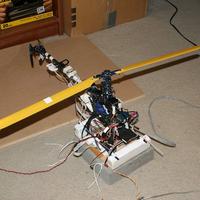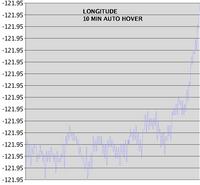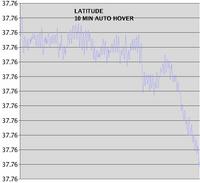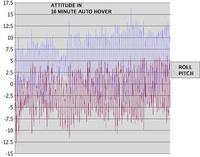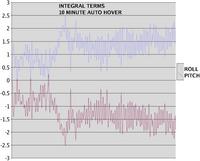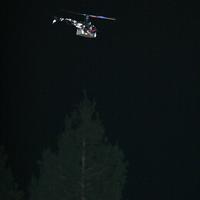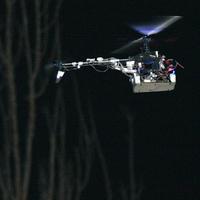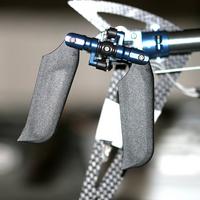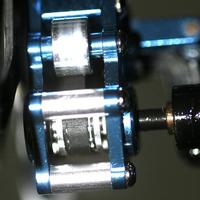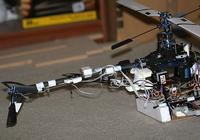Archive for February, 2008
-
 Views: 393
Views: 393
Attitude tracking was a bit better in the 3 waypoint mission. Cyclic integral limits were now all the way up to 2. -
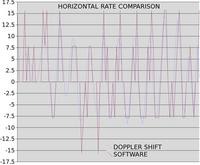 Views: 305
Views: 305
Doppler shift is faster than position subtraction for determining horizontal velocity. -
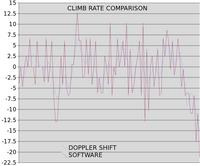 Views: 330
Views: 330
But today's discovery was that position subtraction was faster than doppler shift for climb rate.
Comments (0)
Add Comment
-
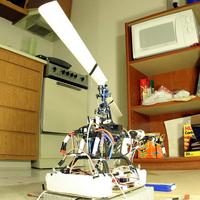 Views: 349
Views: 349
Posterity photos before the first crash. -
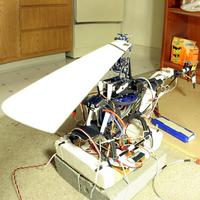 Views: 288
Views: 288
-
 Views: 293
Views: 293
Still spotless after test flight operations. She did not land on this particular grass. -
 Views: 292
Views: 292
A very hard won shot in auto hover below the moon. -
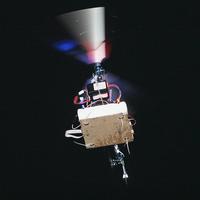 Views: 281
Views: 281
Auto hover without flybar. -
 Views: 303
Views: 303
360 deg walk around. -
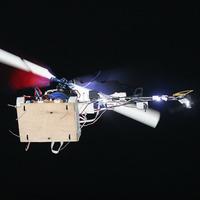 Views: 299
Views: 299
-
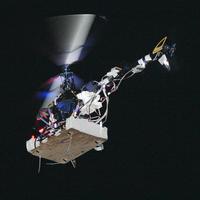 Views: 302
Views: 302
-
 Views: 415
Views: 415
Took some posterity shots because... -
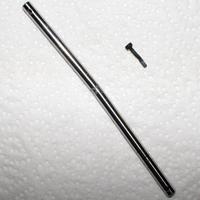 Views: 339
Views: 339
It's time for training gear. That was no engine power & a much fatter shaft than the Corona, but probably inferior steel. -
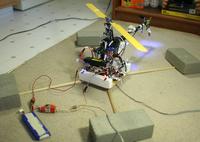 Views: 345
Views: 345
More tests using locked down training gear. -
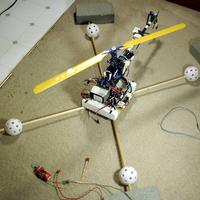 Views: 377
Views: 377
Locked & loaded for test flight. -
 Views: 348
Views: 348
Result of lowpassed cyclic feedback. Lost tail rotor authority but cyclic was rock solid. -
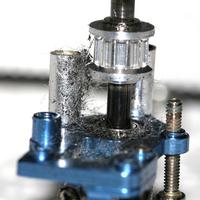 Views: 360
Views: 360
The tail assembly seems to build up carpet fibers from test stand operations. -
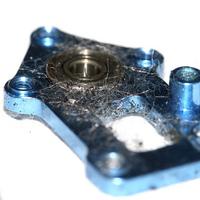 Views: 349
Views: 349
-
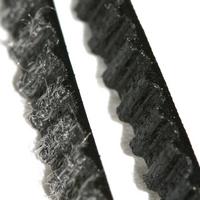 Views: 350
Views: 350
Destroyed by carpet fibers but not broken. Blade tracking without the carpet stand is very hard.
-
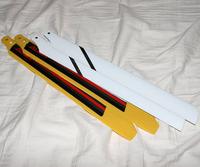 Views: 305
Views: 305
$55 of blades for flybarless testing -
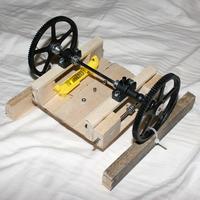 Views: 310
Views: 310
Spare parts from the Corona R now a blade balancer. -
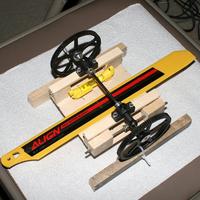 Views: 295
Views: 295
The blade balancer finds the center of gravity quite nicely. -
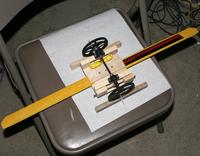 Views: 298
Views: 298
But is worthless for balancing. #1 Corona bearings have too much friction #2 the blade grips R not perfectly equidistant from the pivot #3 the blades in this kind of balancer must B perfectly parallel -
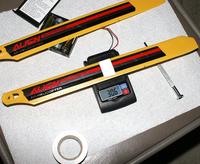 Views: 283
Views: 283
The fastweigh is still the most accurate balancer, although the Corona is good enough for centering.
-
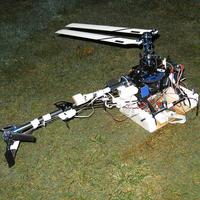 Views: 345
Views: 345
Outcome of full throttle test 1. With broken CCPM, this test had high oscillation and completely lost it. -
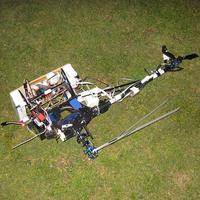 Views: 292
Views: 292
Outcome of full throttle test 2. With functional CCPM, she pitched forward violently. May have been aggrivated by the IMU being dislodged in test 1. -
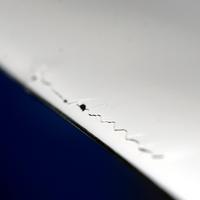 Views: 279
Views: 279
Crack by flybarless
-
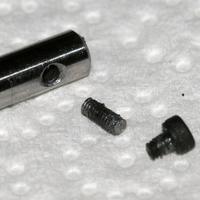 Views: 336
Views: 336
The Jesus bolt failed at some point in flight operations. The head was hanging on by friction. Still many commutes remain before this head starts rotating. -
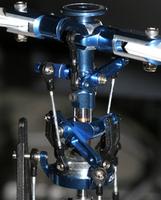 Views: 301
Views: 301
The flybarless beast is locked & loaded. -
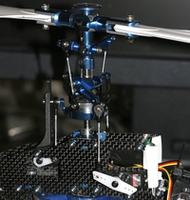 Views: 302
Views: 302
Have not reduced servo throw yet, for fear of not having enough collective range. -
 Views: 286
Views: 286
Blade attachment without flybar.
